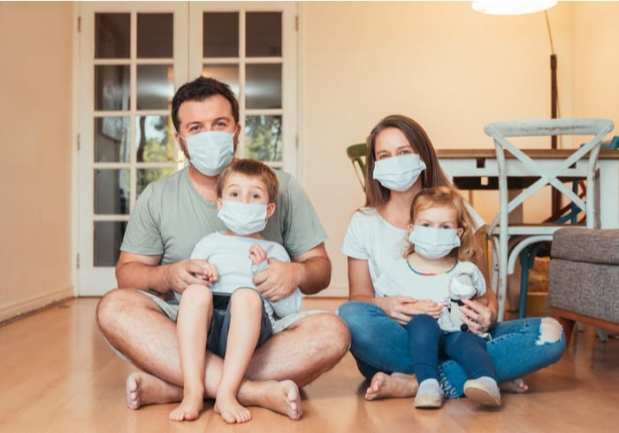Spending Down 40 Pct Among JPMorgan Chase Cardholders

New research from the JPMorgan Institute shows that Chase cardholders are spending less amid the coronavirus pandemic, with a 40 percent drop during the second through the fourth week of March compared to the same period in 2019. In addition, the average weekly per household credit card spend was over $300 lower in April 2020 compared to April 2019.
The institute analyzed datasets from transactions made on Chase credit cards through April 11, using a sample of 8 million families nationwide who actively used their cards since January 2018. The drop-off in spending aligns with the spread of the virus and increasing stay-home and social distancing mandates that started on March 13.
Spending on non-essential goods and services also dropped significantly regardless of income brackets, which is the main cause of the spending drop during that period, according to the institute.
Aside from stay-home mandates and retail stores being closed, the drop in spending also closely aligns with the pattern of initial job losses. Unemployment claims accelerated the third week of March. By April 11, more than 20 million people filed unemployment claims.
Still, the research concludes that the drop-off in credit card spending was primarily due to the lockdown instituted in nearly all states, and less so due to pandemic-related layoffs and job loss. That could change, however, because of the time period data were analyzed.
“This release our preliminary data only cover the initial phase of the pandemic. Spending changes, and how these vary with household characteristics, may evolve over time particularly as income disruptions become more widespread,” according to the report.
A PYMNTS study in March surveyed 2,128 U.S. consumers. During the first week, when any behavioral changes were self-imposed, people still opted to out less and postpone flights. Many said they used grocery shopping apps instead of going to stores. People started changing their behavior even though 65.7 percent of consumers surveyed that week said they felt the media was making the virus seem worse than it actually was.
By the end of that first week, PYMNTS learned that just about everyone reported being concerned about the risk of contracting COVID-19. Roughly 85 percent said they were concerned on some level about contracting the virus, with more than a third of consumers — 37 percent — reporting they were extremely concerned. Nearly half of consumers — 49 percent — said they were somewhat or slightly concerned.
